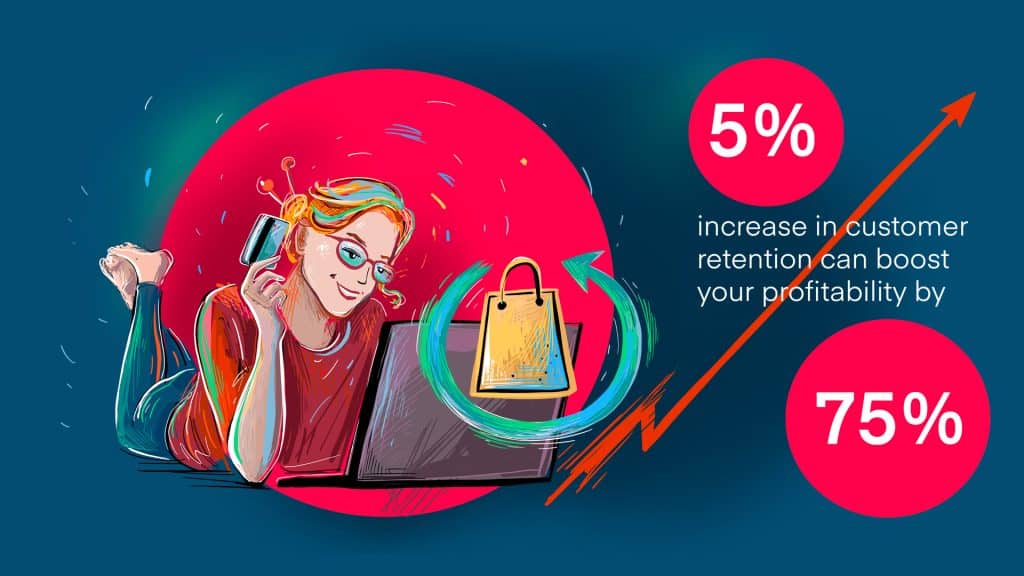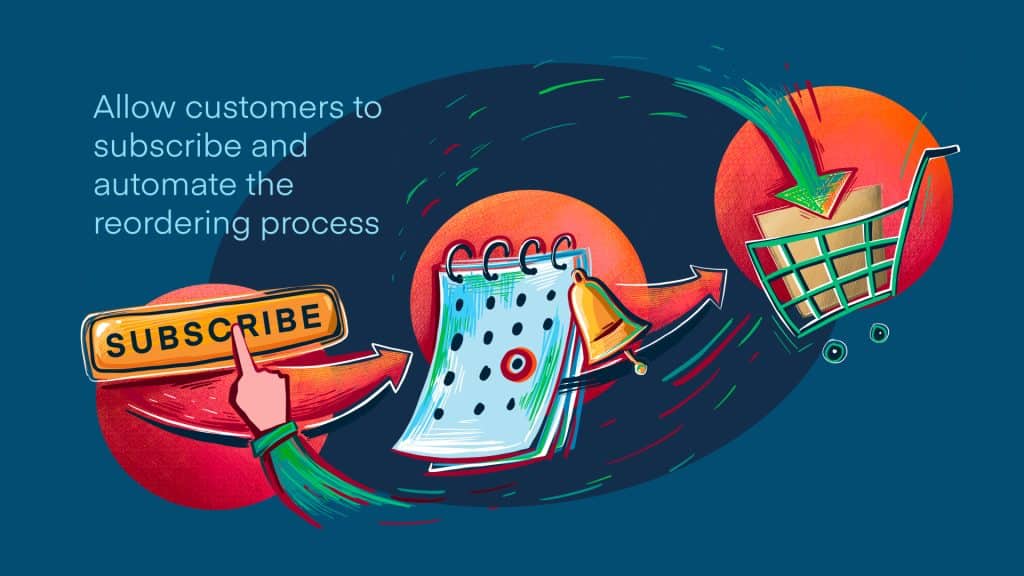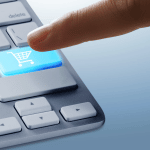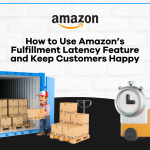
One of the basic tenets of sales is that it is almost always more expensive to acquire a new customer than to retain an existing one—5 to 25 times more, according to an article by the Harvard Business Review. Furthermore, according to research by Bain and Co., a 5% increase in customer retention can boost profitability by 75%.
Given their value, repeat purchases need to be a focal point when both establishing and growing your omnichannel ecommerce brand. This is particularly true as you grow and develop your first-party sales on your brand website.
While many marketing strategies can help you boost this critical metric, you can’t afford to neglect your reordering logistics. You need to ensure that repeat purchasing is not only an option for your customers but also so convenient and appealing that they wouldn’t consider looking elsewhere.
Limit Common Barriers to Reordering on Your Brand Website
With reordering, you have an advantage: you have already won a customer’s trust. Also, you provided a product and shopping experience that was satisfactory enough for them to make it a point to purchase from you again. They know what they want, and they’ve returned to you to get it. Ideally, this desire leads customers to your brand’s own ecommerce storefront to buy from you directly.
In return for this confidence, you owe it to your customers to deliver a reordering process as convenient and speedy as possible. To become a destination for repeat orders, you must be proactive about several crucial components of your brand’s online storefront. After all, third-party marketplaces have a head start in familiarity, infrastructure, and convenience. You also need to commit to providing a comparable or better shopping experience.
Website Speed Matters
In ecommerce, minimizing the load time and number of user inputs required to purchase is good practice. It limits opportunities for customers to second-guess their buying decisions and cuts down on abandoned carts. This is especially true when trying to foster an ongoing ecommerce relationship.
Surface Previous Orders for Returning Customers
Marketplace shoppers have the luxury of signing into their accounts and quickly accessing their purchase histories, which are usually fully searchable. Once an order has been located, a single click can bring the customer back to a listing where the product can be reordered.
Your brand website must offer similar functionality to be a competitive destination for repeat customers. This can be done through a simple customer registration process or by allowing shoppers to quickly search for an SKU or order number from a previous invoice.
If developing your own interface is too big of a challenge, consider partnering with a third-party shopping cart platform that includes these features. Descartes Sellercloud supports over a dozen of the leading ecommerce shopping carts.
Make Sure That Products Are Easy to Find on Your Brand Website
The more intuitive and uncluttered your storefront, the better. Clear product categorization, keyword-rich product descriptions, and strong on-site search functionality will help first-time and return customers locate the products they came for.
Include Direct Reorder Links in Invoices and Reordering Follow-up Emails
It is a common practice to automatically send emails to customers detailing their purchase details. Similarly, many brands send follow-up reminders to their website shoppers to solicit reorders. In each of these cases, hyperlinking to either catalog listings or a one-click reorder function can add an extra layer of convenience and promote repeat purchases.

Allow Customers to Subscribe and Automate the Reordering Process
What if customers didn’t even have to come back to your site or marketplace listings to reorder? That’s where subscriptions come in. These recurring orders can be a great way to secure brand loyalty and bolster your bottom line. Several marketplaces offer subscription services for their customers that third-party sellers can opt into.
For instance, FBA sellers can opt into Amazon’s Subscribe & Save program. With Subscribe & Save, customers can sign up for recurring product orders in exchange for discounts ranging from 5% to 20%. These discounts are doled out in a tiered format and funded by both the seller and Amazon.
As long as you control the Buy Box for a given Subscribe & Save product, the program can be a viable way to increase repeat orders. Descartes Sellercloud’s FBA integrations can help you maximize Amazon as a venue for repeat orders.
Conversely, there are ways to remove third-party marketplaces from the equation and set up subscriptions directly with your customers. Whether you go it alone or enlist the help of a shopping cart provider, the ability to set your own terms for delivery frequency, discount rates, and messaging allows an extra layer of personalization between your brand and your customers.
Along those same lines, as you begin rolling out your own subscription offerings, it’s a good idea to market them to your most loyal customers. This can also be an especially beneficial way for wholesale sellers to sweeten ongoing arrangements and show a dedication to outperforming competitors.
Of course, as your subscription-based orders gain traction, you must include these automated reorders in your restocking projections. For omnichannel sellers, this makes a unified inventory management platform a must.
Be Sure Your Inventory Is Ready to Support Repeat Orders and Subscriptions
Once you have become a customer’s go-to for a particular product or need, your focus needs to shift to retention. You must hold up your end of the relationship and keep your most loyal customers from going astray. It all starts with inventory management. You need to be sure that you are always ready to fulfill customer orders when they arrive—this is especially true for repeat purchases and subscriptions. Being proactive can avoid constant inventory-related issues that could cost you money and customer loyalty.
Descartes Sellercloud’s data reporting features give you a complete picture of your inventory levels with third-party fulfillment channels like FBA and 3PL warehouse partners. While marketplaces like Amazon offer sellers restock reports, they pale compared to the depth of Descartes Sellercloud’s predictive restocking capabilities that consider every piece of merchandise across your entire omnichannel operation.
Looking further, Descartes Sellercloud offers predictive and automated inventory and purchasing tools that help eliminate the worries of keeping your supply level from dwindling. No matter how many reorders you receive, you can be confident in avoiding overselling and stockouts.
For more on how Descartes Sellercloud can help support your omnichannel ecommerce growth, contact us directly for a free demo.


